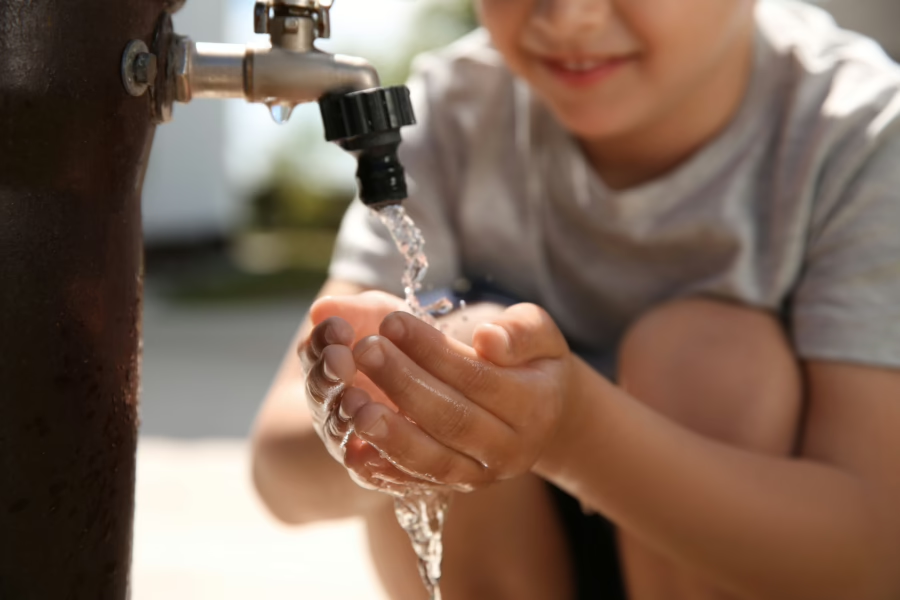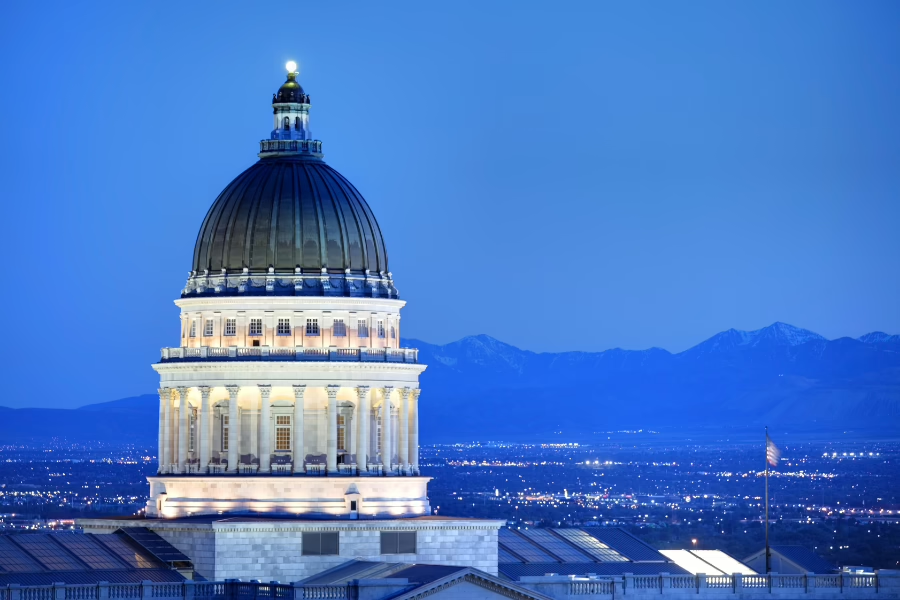More COVID-19 Relief Becomes Law, Focus Shifts to Next Phase
April was a tumultuous month in DC. With the passage of Phase 3 of the federal government’s relief efforts in the ongoing COVID-19 crisis at the end of March, focus turned to what would be next. Early in the month, discussions for an infrastructure focused Phase 4 started to heat up. House Speaker Nancy Pelosi (D-CA) discussed the House Democrats’ targets, which included passing a large infrastructure package. The basis for this was to be the sweeping $760 billion infrastructure framework unveiled in January by House Democrats. This framework included more than $75 billion combined for clean water and drinking water infrastructure programs. Also included is a new funding vehicle, called the Low-Income Household Drinking Water Wastewater Assistance Program, that would give states and tribes the ability to obtain grants to assist low-income households in paying their drinking water and wastewater utility bills. Funded at $1.5 billion, the new program is modeled after the Low-Income Home Energy Assistance Program (LIHEAP). Senate Minority Leader Chuck Schumer (D-NY) also called for an infrastructure bill “but it has to be big, bold, pro-worker, and green.”
On the other side of the aisle, Republican Minority Leader Kevin McCarthy (R-CA) said “As the legislation from the first three phases is implemented, Republicans stand ready to work across the aisle to support the individuals and institutions that will need more help in the fight against the virus. But the American people cannot afford the distraction of continued attempts to force partisan objectives into our response.” Senate Majority Leader Mitch McConnell (R-KY) concurred, saying “I’m not going to allow this to be an opportunity for the Democrats to achieve unrelated policy items that they would not otherwise be able to pass.” Meanwhile, President Trump joined the fray, tweeting his call for a $2 trillion infrastructure package that was a campaign issue for him in 2016.
However, several terrible weeks of unemployment claims have shifted the focus back from economic recovery to relief for more closely aligned with what was offered in Phase 3 than a large package that includes infrastructure funding. More than 26.5 million Americans filed jobless claims in the last five weeks. With the more than seven million who were already unemployed prior to the last five weeks, there is now a total unemployment of more than 33 million, or a real unemployment rate of 20.6 percent—the highest level since 1934. These new numbers had House leaders talking about shifting Phase 4 from recovery back to relief for unemployed workers and stressed small businesses. “While I’m very much in favor of doing what we need to do to meet the needs of clean water, more broadband and the rest of that, that may have to be for a bill beyond this,” Speaker Pelosi said.
For the next round, dubbed Phase 3.5 by most, Republicans and Democrats agreed that it should include more funding for the popular Paycheck Protection Program (PPP) that was created in the Phase 3 last month. The PPP included nearly $350 billion for loans to small businesses, but that money quickly ran out. Democrats wanted to also include more funding for hospitals and COVID testing, as well as for state and local governments to help make up for precipitous revenue losses. Republicans were opposed and negotiations were tense. Eventually a deal was reached that included another $300 billion for the PPP, and $75 billion for hospitals with $25 billion more for COVID testing. This deal did not include state and local government relief.
As discussion begins around the next phase of stimulus, Senator McConnell has come out in opposition to infrastructure funding as part of COVID relief. Dubbing Democratic priorities like infrastructure unrelated to relief efforts, he said “We have an equal interest in doing an infrastructure bill. We don’t have an equal interest in borrowing money from future generations to pay for it.” He added “I’ll be clear, infrastructure is unrelated to the coronavirus pandemic that we’re all experiencing and trying to figure out how to go forward. We need to make sure that whatever additional legislation we do is directly related to this pandemic.” McConnell’s opposition alters the landscape considerably. Here are the pieces that could be part of the next round of legislation:
- State and local funding is back on the table. Republicans still don’t want it but are willing to give in on it to get more of what they want. This looks like it is primarily about making up lost revenue for state and local governments and covering costs of ongoing emergency operations.
- Infrastructure. Democrats still want it, but with McConnell opposed it will take a huge lift to get this in now. A few weeks ago, we were talking about a $2 trillion package, but that is considerably less likely now due to mounting concern among Republicans about the amount of relief spending so far. The White House remains interested in this piece, but not committed to its inclusion in relief efforts.
- Tax Cuts of some form. Republicans want these. The White House continues to push for payroll tax cuts, but quietly concedes it would be a heavy lift in Congress.
- Onshoring. The White House is pushing for supply chain policies that encourage more manufacturing to return from overseas back to the US, especially health-related things like PPE manufacturing and drug production.
As far as the timeline on this next phase, Leader McConnell said that Senate Republicans have no more appetite for passage of these bills without the full Senate (both the House and Senate have been in protracted recesses and have been passing these trillions of dollars of relief packages with special expedited rules). The Senate will return May 4th, and while the House was scheduled to return on the 4th as well, they have postponed the return. As of this writing, there is no official word on the House’s return. When Congress does fully come back, they are going to have to figure out how to legislate in a post-COVID world. The next package will take weeks to negotiate, meaning at this point the earliest time the next bill could be ready would be the end of May or early June.


